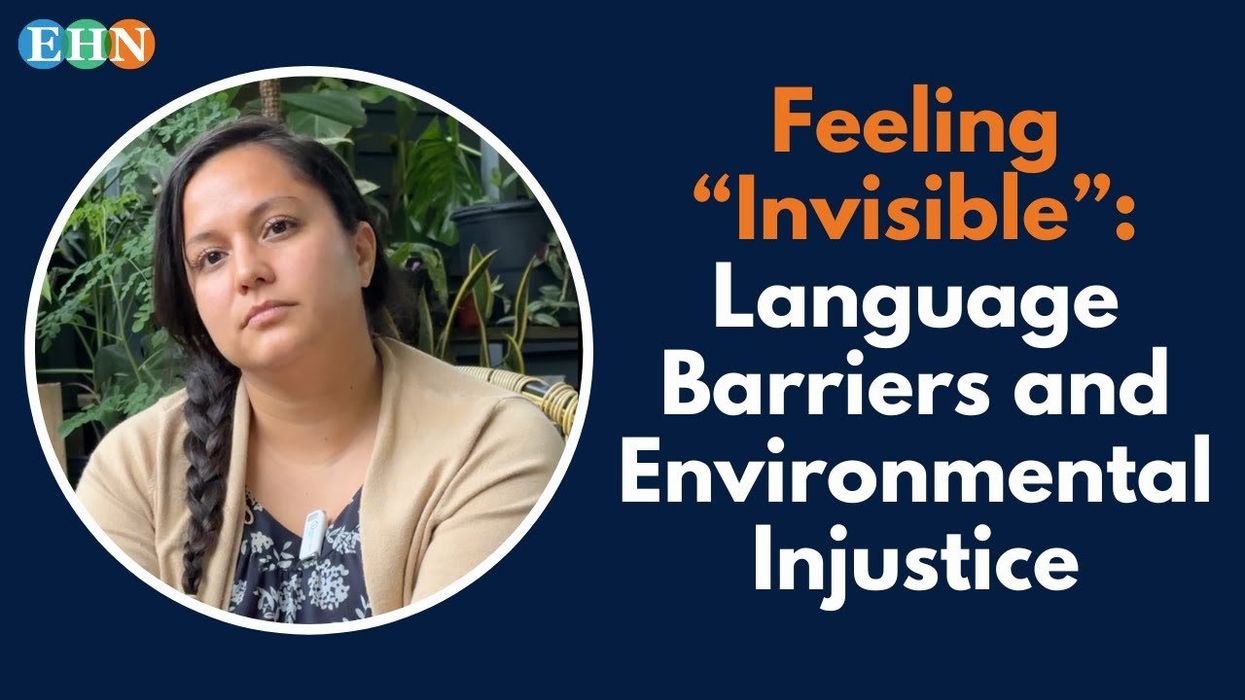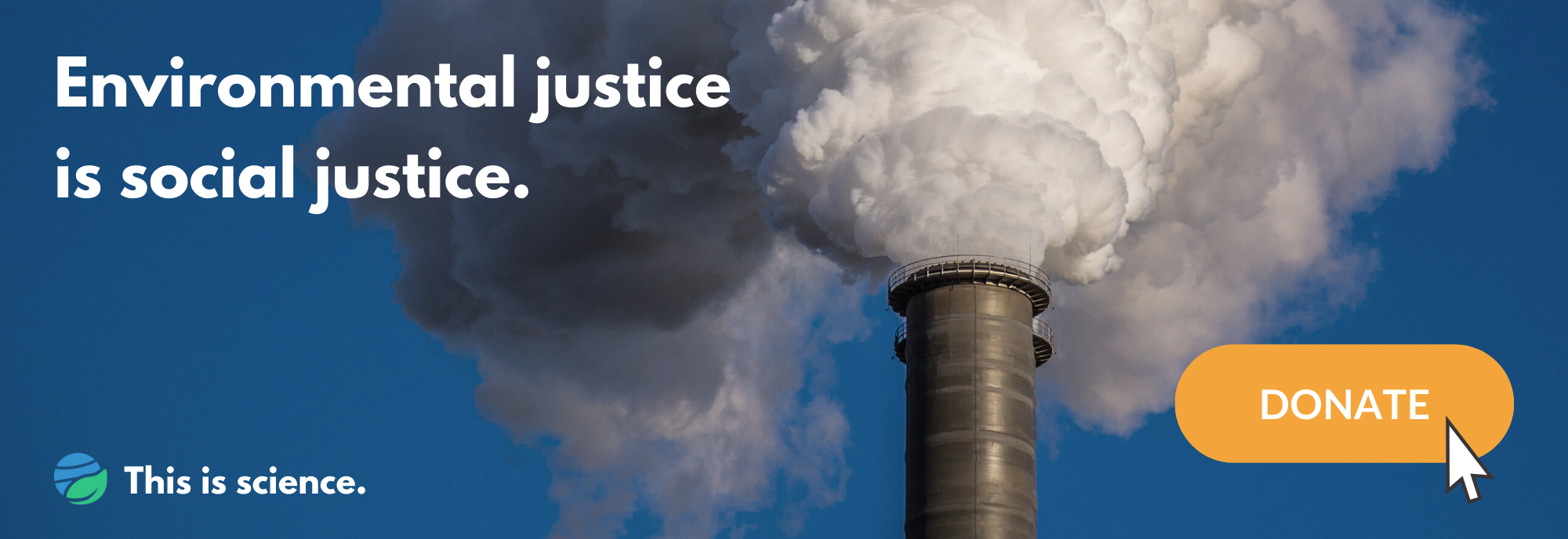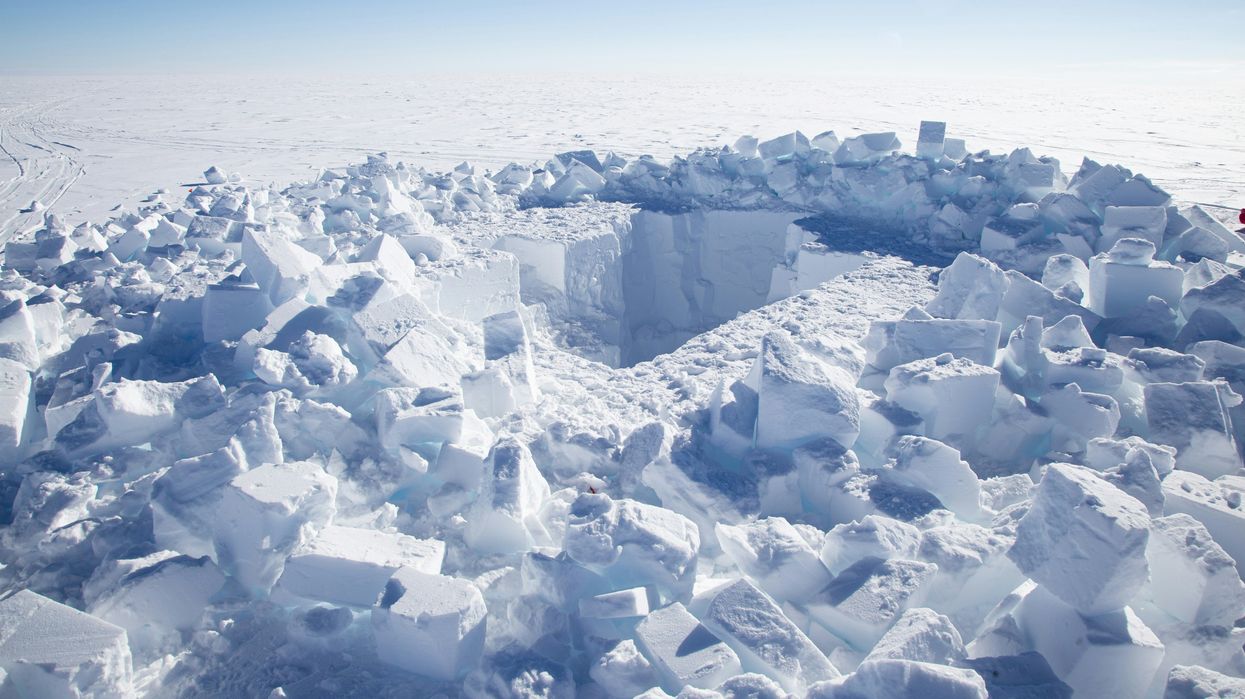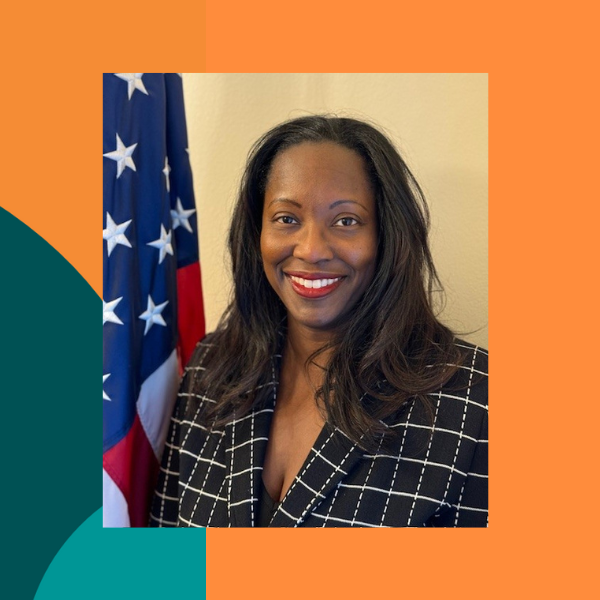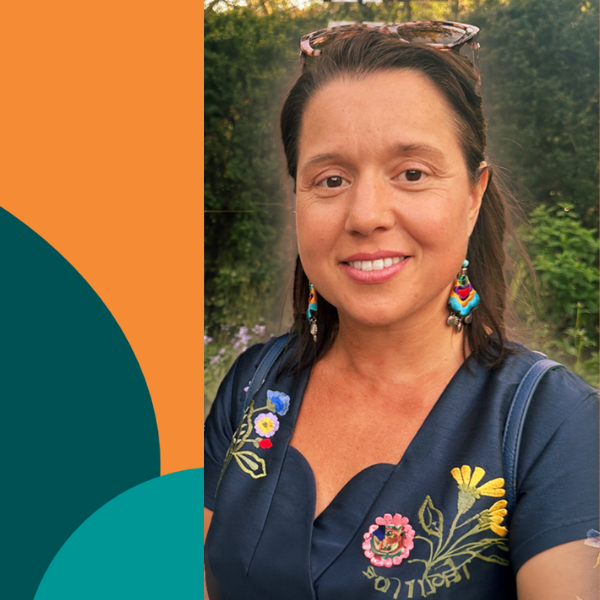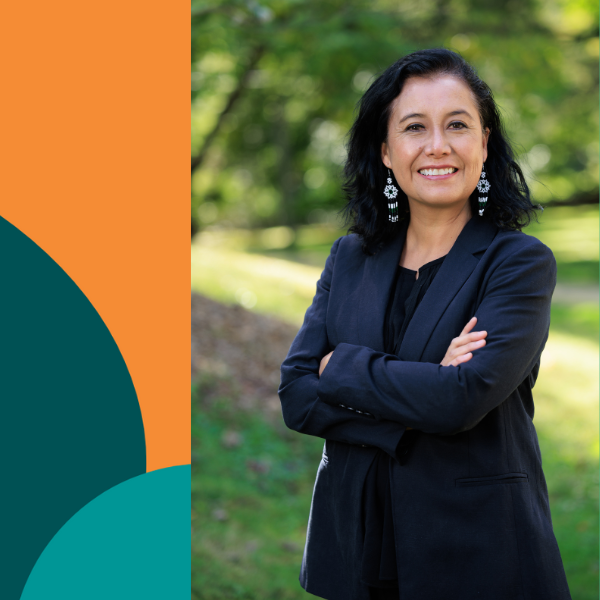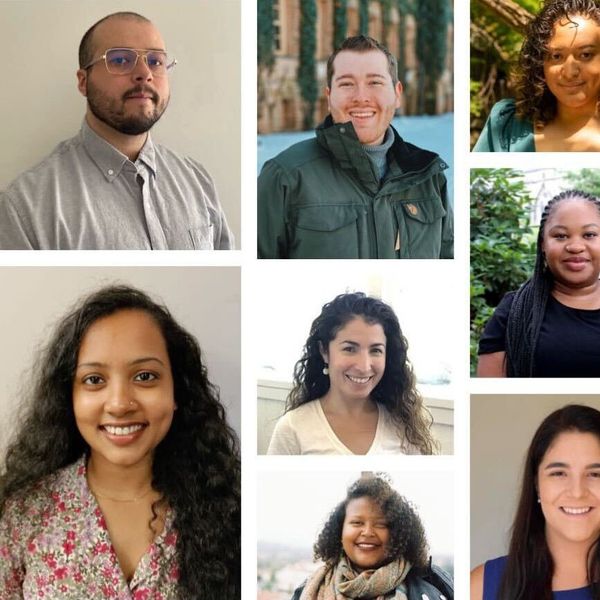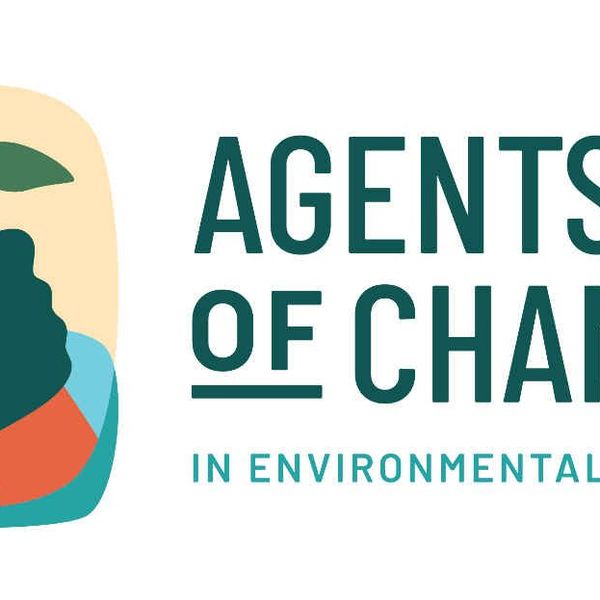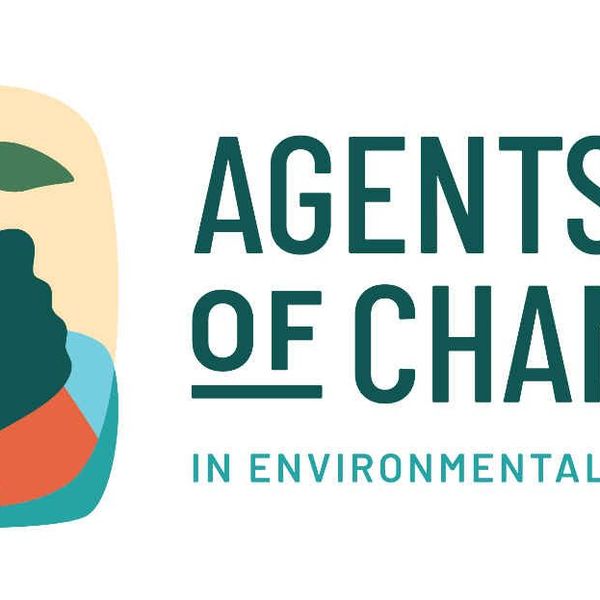HOUSTON — Erandi Treviño’s passion to foster a sense of community dates back to her childhood.
Treviño — an advocate, daughter, Latina, gardener and immigrant — told EHN about her upbringing in an industrial area of Monterrey, Mexico.
She recalled feeling ill in the car at the smell of gas, noticing smog coming from other cars and not wanting to leave the house out of fear of getting sick.
“The smells in the area were like a perfume, one that I grew up with,” Treviño said. “I know it sounds bizarre, but it’s true.”
Her family moved to the U.S. in her early childhood and settled in Houston’s East End. The Houston East End Chamber of Commerce estimates the population to be 70% Hispanic or Latino. Most of Houston’s East End belongs to District H and I, in which 63% and 68% speak Spanish, respectively. The East End is bordered by the Houston Ship Channel, the largest petrochemical complex in the United States and one of the largest in the world.
“Fast forward to being 7…[now smog] coming out of these 18 wheelers is nothing compared to the giant clouds coming out of the refineries and other types of chemical plants from the [Houston] ship channel,” Treviño said.
The National Resource Defense Council and TEJAS, a local environmental advocacy group, commissioned a report from 2007-2016 that found minorities living near the Houston Ship Channel were more likely to carry a heavier pollution burden than their white counterparts. In the Latino-majority Harrisburg/Manchester neighborhood, particulate pollution burdens were approximately fifty to sixty times those of the broader eight-county region in Houston. Nearly 20% of the air monitors in the state are in Houston, however, communities in the region with a large industrial presence like Galena Park only have one state monitor, EHN reported in July.
And even if a community does have enough air monitors, unless you speak English there are challenges in digesting this information . While the Texas Commission on Environmental Quality offers updates about air quality in both English and Spanish, many aspects of the site are not easily accessible in Spanish. Finding air quality reports requires accessing an English database and translations offered on the site are often direct from English with little respect to differing dialects. In addition, the U.S. Environmental Protection Agency’s Environmental Justice Screening Database aims to inform communities of environmental risks in their community, but it is not available in Spanish. Many portions of the EPA’s site written in Spanish have hyperlinks to English-only content.
Esta historia también está disponible en español
To help combat this gap in resources, in the fall of 2023 Treviño created her own advocacy group, The Raíces Collaborative. Treviño’s primary concern is environmental health and empowering members of the community to share their story with others, even training on how to share their stories with the media. She said that as a child she had no idea why her and her friends had migraines and stomach aches each morning. Now, she believes these symptoms are tied to a polluted environment. Her group currently consists of mostly Latino individuals, but the group is open to all. Community organizers, friends, siblings and her mother, Maela Bustos are among the participants.
“The knowledge of the community is valuable,” Treviño said.
Her goal is to empower the community to share their stories, no matter their income, race or language. Many communities in East Houston are subject to industrial pollution at a rate higher than their white, more affluent counterparts. Viewing the U.S. Environmental Protection Agency’s Environmental Justice Screening Database visualizes this very simply.

Percentage of people exposed to air toxics that can harm the respiratory system in the Houston area.
Credit: U.S. EPA's Environmental Justice Screening Database

Percentage of people who speak limited English in the Houston area.
Credit: U.S. EPA's Environmental Justice Screening Database
Treviño’s story, unfortunately, is not unique. From pesticide dangers in California to petrochemical emissions in Texas, minority communities are more likely to suffer from environmental health issues due to disproportionate exposure and socioeconomic inequality — and they’re more likely to experience language barriers in accessing information about their environment and health.
A new study led by Yoshira Ornelas Van Horne*, an assistant professor in the Department of Environmental Health Sciences at Columbia University, explains how these issues are compounded by language injustice. Ornelas Van Horne and colleagues found that language was understudied as a determinant for environmental health issues in minority communities and that non-English science is not readily accessible.
“English is currently the predominant language for scientific communication across most scholarly journals, academic conferences, and formal education, as well as in scientific journalism aimed at informing the public,” the authors wrote.
The study affirmed the existing gap in environmental health resources, but worked to quantify it. Researchers identified institutions that primarily focused on environmental health issues and found that fewer than 10% had materials available in languages other than English.
“Language is one of those things that connects people, but also gives them access to resources,” Ornelas Van Horne told EHN. “So having information available to them in their preferred language is important for them to do self-advocating in regards to public health.”
Without access to these resources, communities are increasingly isolated. Treviño hopes that her contributions can prevent that. Maela Bustos, Treviño’s mother, shared her own issues with information access and noted that often the Spanish-speaking community feels invisible.
(Bustos’ quotes are translated from Spanish.)
“Well…what can I tell you,” she said. “Sometimes one can feel like these [environmental] health issues only matter to themselves because insurance companies don’t cover many things, or they have the resources and you get them, or you don’t.”
Bustos and Treviño have long suffered from health issues like “unexplained” inflammation, dizziness and migraines that they believe are a result of the polluted environment. Despite having insurance, extremely high deductibles have made investigating their own health issues unaffordable. This only worsens the gap in environmental health access.
Bustos said that more people will speak out and share their stories, the more that they hear stories that resonate with them and she hopes that she and Treviño’s words help others feel seen.
“I know that I don’t speak English with too much fluency,” she said. “I know that I can speak English, but I prefer to speak in Spanish. It’s my language.”
Ornelas Van Horne’s research into language justice included solutions. The primary recommendation is for institutions to invest time and resources into translation services or hiring employees to share information in other languages. The research notes that changing technologies, like artificial intelligence, may be a useful tool for this in the future. She suggested starting with Spanish, as roughly 41.8 million people speak the language in the U.S.
“People in front-line communities can tell their own stories, from their own mouths,” Treviño said. “And maybe they just need a little bit of guidance.”
Individuals looking for local resources can look to TEJAS, an organization that has worked for language access and justice in Houston for years. At a national scale, EcoMadres, a Latino-focused effort of Moms Clean Air Force, provides environmental health resources related to pollution. Both organizations have resources available in Spanish.
*Editor’s note: Yoshira Ornelas Van Horne is an assistant director of the Agents of Change in Environmental Justice program, a partnership between Columbia University and EHN.
- WATCH: How Marathon Petroleum and one Texas city show the potential for a chemical communication crisis ›
- Texas is underestimating cancer risk from air pollution, health advocates say ›
- WATCH: A closer look at new federal funding for Houston air monitoring ›
- Heat, air pollution and climate change … oh my! Was summer 2023 the new normal? ›
- Neglected and exposed: Toxic air lingers in a Texas Latino community, revealing failures in state’s air monitoring system - EHN ›

